This post has not been edited by the GamesBeat staff. Opinions by GamesBeat community writers do not necessarily reflect those of the staff.
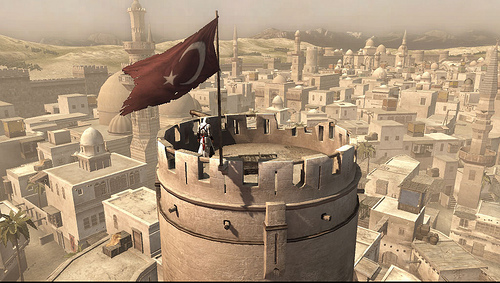
As I'm racing across the sun-drenched rooftops of Damascus, something catches my eye.
I really shouldn't slow down. I've got targets, and they're sure not going to kill themselves. But I can't help changing my trajectory just a bit. I'll take a different path. I want to see what that thing is.
I race up a wall and pull myself to the top. Finally I can identify the object: a flag bearing the Saracens symbol of Damascus. I walk forward to touch it. A chime plays. The number "1/100" pops on screen.
Wait. I have to get a hundred of these things? In each city? No way.
Sometimes, as in this example from Assassin's Creed, collectible items are more trouble than they're worth. If done right, though, they can add exploration, fun, and replay value to games.
Last year, Bitmob community writer Chris Davidson broke down some examples of games that do collectibles right (and wrong). To build on that, here are five qualities that make items worth grabbing.
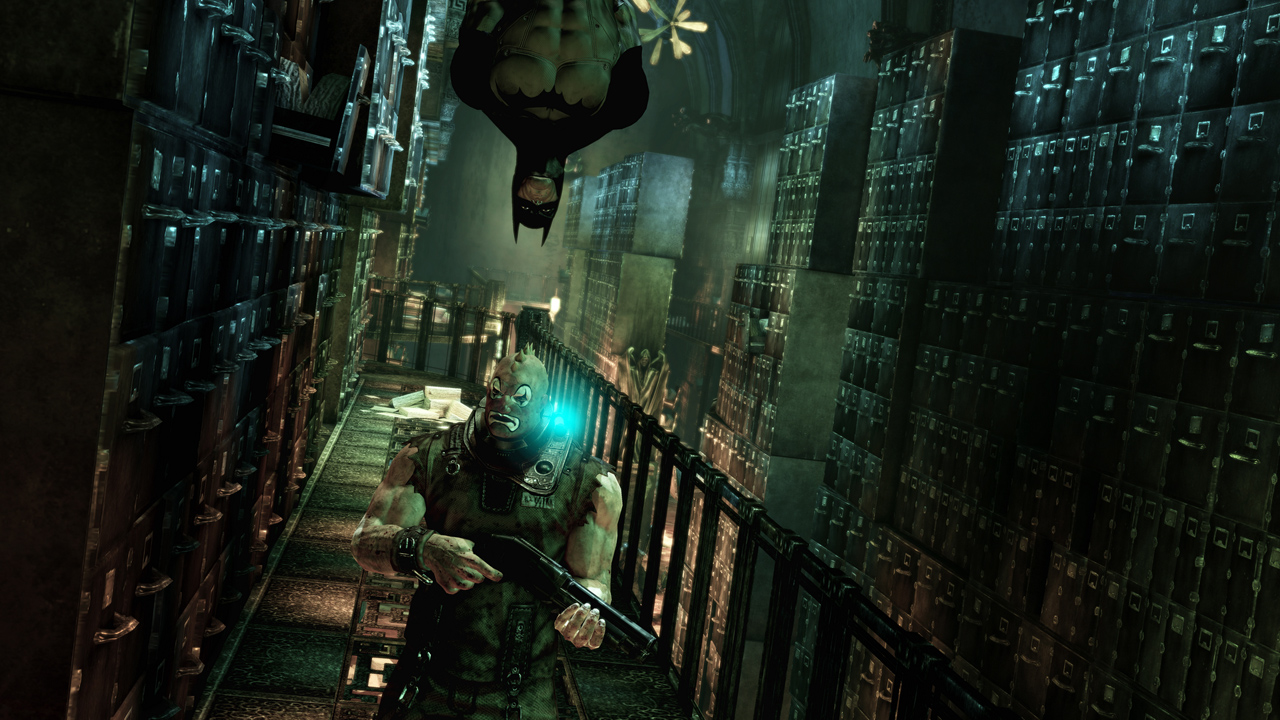
Serve a purpose
The best collectibles are more than just random baubles — they have tangible in-game benefits. Consider the chattering teeth and Riddler question marks in Batman: Arkham Asylum. Instead of just adding to your percentage total, these items give experience points for upgrading Batman's abilities. The God of War series uses Gorgon Eyes and Phoenix Feathers to boost Kratos' health and magic. Compare this to the flags in Assassin's Creed, which…do nothing. (And no, unlocking an achievement doesn't count as a purpose.) Fortunately, developer Ubisoft learned their lesson in Assassin's Creed 2, where findable feathers transfer to purchasable products.
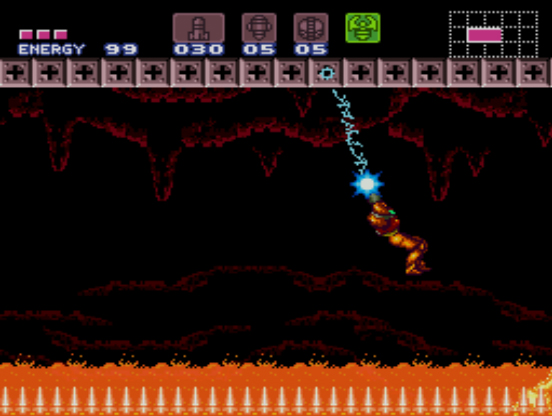
In plain sight
While it's fun to discover completely hidden items, my favorite collectibles are those in relatively plain sight without any obvious way to grab them. They tease me. They tantalize me. I must have them. But I can't — not until I either come back with a new ability (the Metroid games do this best) or perform a feat of platforming mastery (Super Mario 64 is a good example). This increases both my desire to collect and my desire to continue playing the main game.
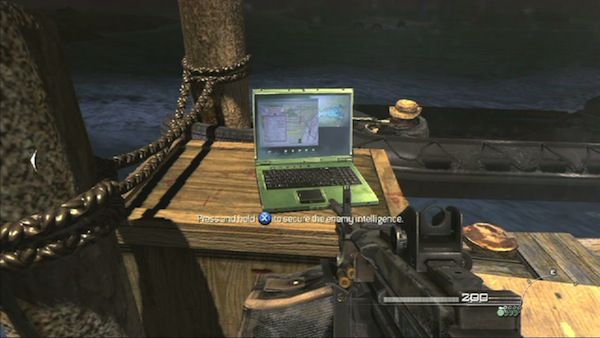
A guided tour
For those items that aren't easily visible, it's better to have some way of knowing where they're located, either via in-game map, audio cues (like the Skulltulas in The Legend of Zelda: Ocarina of Time), or intelligent level design. Infamous does almost too good a job at guiding players to collectibles via its mini-map, but at least you always know where you're headed. Compare this to throwaway secrets like the intel packages in Modern Warfare 2 — they're always off the main level path in a genre that makes exploration almost impossible.
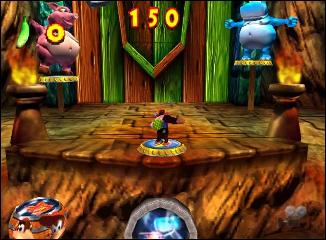
The right number
When we were children, my younger sister spent months playing Donkey Kong 64. She collected every banana for every character in the entire game. That's seven levels, five monkeys, and 100 bananas per monkey per level. You do the math. Needless to say, that's too many for most people. When I touched that first Saracens flag in Damascus and saw I would have to find 99 more in that city alone, I knew right then that I would never do it. Too large a number makes players too intimidated. Too small a number makes it less of a challenge. The right balance makes collectibles entertaining. And that balance might be different for each game — even 20 bobbleheads is way too many in Fallout 3, considering how hard they are to find.

Part of your world
No matter how a game implements collectible items, it should make sure that they fit into the landscape. Does it make sense that Pacific City has agility orbs strewn all over the place in Crackdown? Not particularly. Does it make sense to shoot all of Grand Theft Auto 4's "flying rats?" Absolutely. And if the world isn't interesting enough in the first place, players won't want to invest extra time collecting stuff.
Too often, collectibles feel like a tacked-on way to extend the life of a game. Well, most games don't really need to be extended. But when integrated properly, a collect-a-thon is an ideal way to take a break from a main quest while still accomplishing something worthwhile.
I mean, those assassination targets will still be there when I need them, right?
